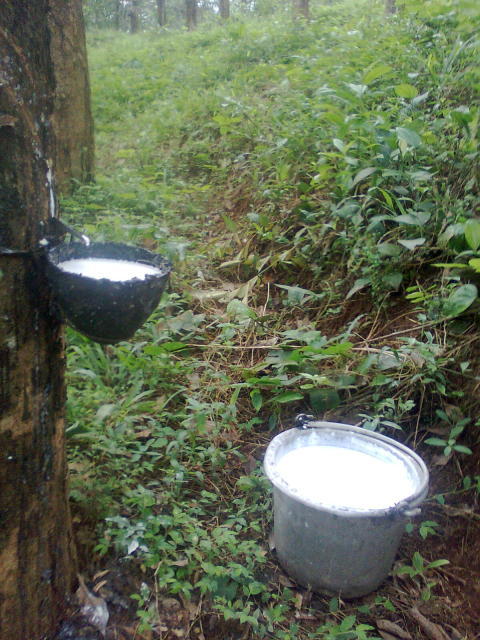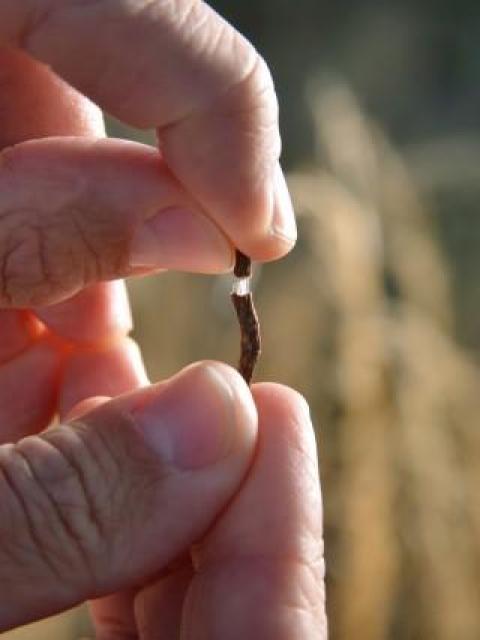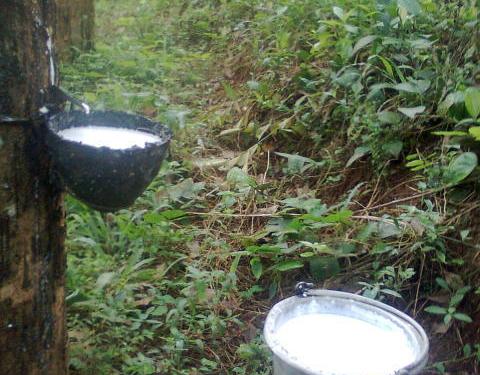Dandelions – common weed, nemesis of gardeners, edible in salads and teas (believe it or not) – and someday in the near future: one of the most reliable sources of natural rubber.
Continental Tire and the Fraunhofer Institute for Molecular Biology and Applied Ecology teamed up back in 2013 to change how tires are made.
Joined today by the Julius Kuehn-Institute and EKUSA, Continental has produced and successfully tested their first tires in which the tread is made completely out of a polymer derived from dandelion rubber.
Russian Dandelions as an Alternative Source of Rubber
Before you start farming dandelions on your front lawns and backyards, however; Continental isn’t using any ordinary dandelions.
Continental looked to a specific Russian species of dandelion as to become an alternative source of natural rubber to what is currently harvested from a species of tree called Hevea brasiliensis, or the rubber tree, which grows in equatorial regions.

Latex is collected in buckets from tapped rubber trees.
The roots of the Russian dandelion contain the same natural latex found in Hevearubber trees. The natural rubber from these trees exhibits has long been popular for its unique performance attributes not found in synthetic rubbers. Between 10 to 30 percent of the rubber content in tires today is comprised of natural rubber. Larger size truck tires require even larger percentages of natural rubber. This means current market demand is outpacing production capacity as newly planted rubber trees cannot be tapped for several years. Alternatively, Russian Dandelions can be harvested after one year.
A huge carbon footprint is also caused by transportation of the unrefined rubber from the equator to northern countries for processing and manufacturing.

The Russian Dandelion root contains natural rubber latex that is very similar to the rubber tree, but will grow just about anywhere.
“In agricultural terms, dandelions are an undemanding plant, growing in moderate climates, even in the northern hemisphere and can be cultivated on land not suitable for food production,” said Dr. Carla Reck, project leader at Continental.
“This means that rubber production is conceivable near our tire factories, for instance, and the significantly shorter transport routes also reduce CO2 emissions.”
Nevertheless, fluctuating market demand presents challenges in how to keep planting, growing and harvesting of the Russian Dandelion in line with production needs.
The Future of Taraxagum Tires
Continental named their new dandelion rubber Taraxagum, after the botanical name for dandelions, Taraxacum.
Taraxagum shows promise as being just as effective as conventional natural rubber. Without any genetic engineering of the plant, Continental was able to extract several kilos of dandelion rubber using one small laboratory.

Plans are currently in place to begin manufacturing consumer road tires made from Taraxagum in five to 10 years.
“In the summer of 2014, Taraxagum tires were produced and tested under summer and winter conditions on our proving grounds in Germany and Sweden,” said Dr. Peter Zmolek, director of R&D at Continental. “The results were very encouraging and our continued development efforts are on track.”
For more information, visit www.taraxagum.com.
























